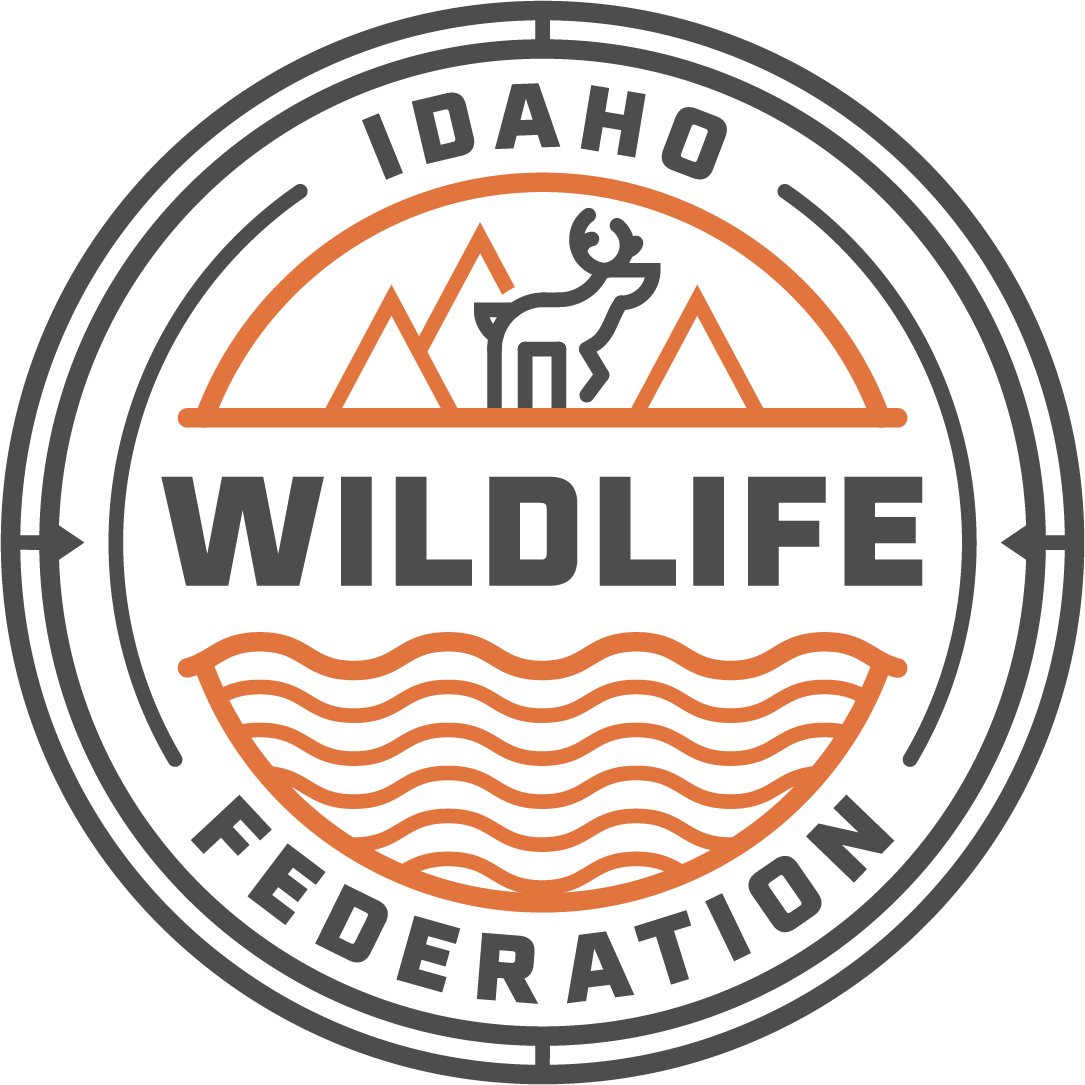Collaborating for Cold Water: Updates from the Priest River Watershed Group
On May 1st, the Priest River Watershed Group (PRWG) Steering Committee met in Priest River to continue its collaborative efforts to restore the lower Priest River. In addition to a few internal housekeeping items, the meeting focused on project updates and possible management actions aimed at improving habitat and supporting fish populations.
Formed by Trout Unlimited and supported by agencies and groups like IWF, PRWG brings together a diverse range of partners to find shared solutions for the declining health of the Lower Priest River. IWF has been involved since the beginning, offering sportsman input and supporting strategies that reflect both ecological priorities and public values.
Native Trout Recovery in Binarch Creek
One highlight of the meeting was a presentation by IDFG Fisheries Biologist Rob Ryan about a potential project on Binarch Creek, a cold-water tributary of the Priest River. Currently, a culvert blocks fish passage near the creek’s mouth. The Forest Service is proposing an alteration to the culvert which would reconnect the creek to the river and provide critical cold-water refuge for native species. Removing brook trout from the stretch of stream before restoring fish passage would give cutthroat access to prime, coldwater habitat which is currently occupied by the more dominant brook trout. The details are being worked out, but IWF hopes these combined projects can happen and increase the population of trout in the river for anglers to enjoy well into the future.
Rethinking Dam Operations
The group also discussed Outlet Dam operations, which affect summer river flows. During the recreation season, Idaho statute requires Priest Lake to be held anywhere from 3.0 to 3.5 feet depending on snowpack and projected summer water levels, but this has resulted in flows well below what IDFG recommends for fish health. A recent dam modification would allow for more flexibility in low-water years, but challenges remain, especially in wetter years when the lake is required to be held at 3.0 feet. Losing this flexibility can lead to lower summer flows in the river if there isn’t enough spring and summer precipitation in the basin
This is exactly the kind of complex issues PRWG is designed to tackle: bringing stakeholders together to understand trade-offs and advocate for solutions that balance recreation, water use, and river health. More to come on the Outlet Dam Operations in the near future.
Looking Ahead
From trout recovery to smarter water management, PRWG is helping shape a more resilient future for the Priest River. This is a perfect example of how collaborative groups like the PRWG can bring important information to light and hopefully we can help to influence operations such as this and make changes to help out the river and its fishery.
